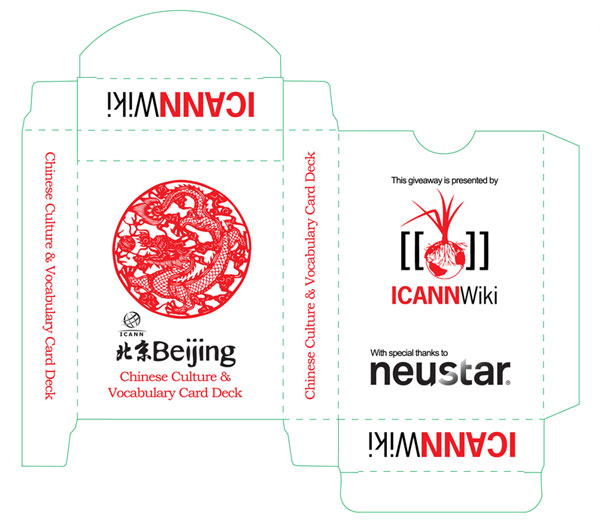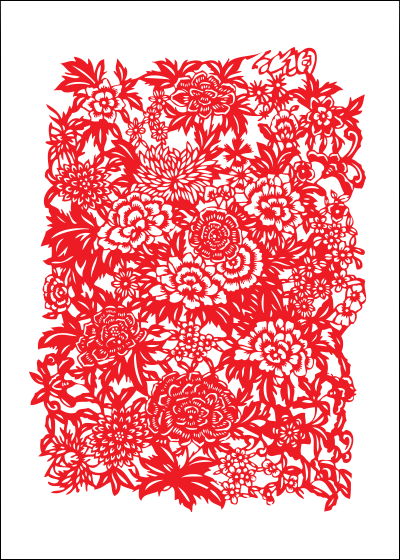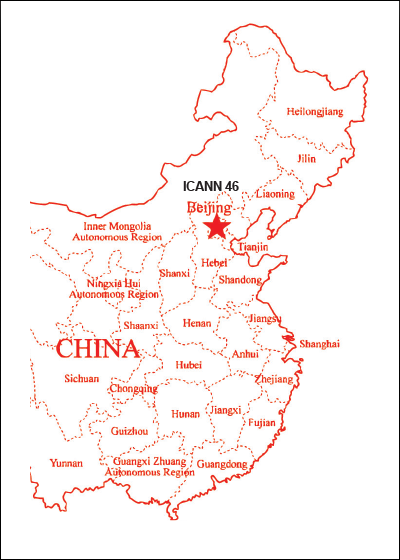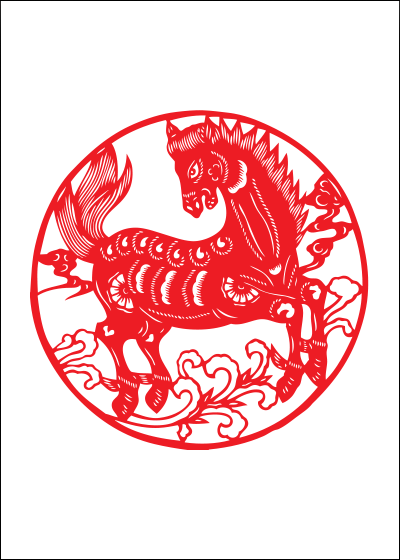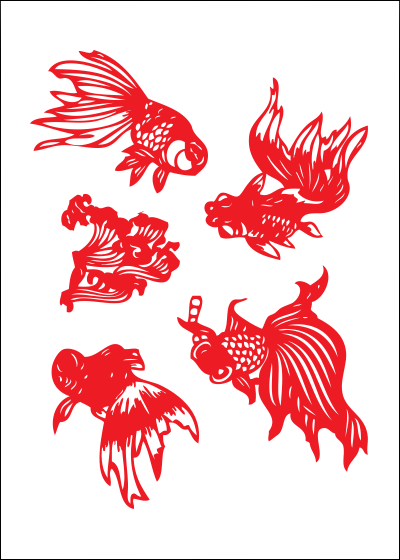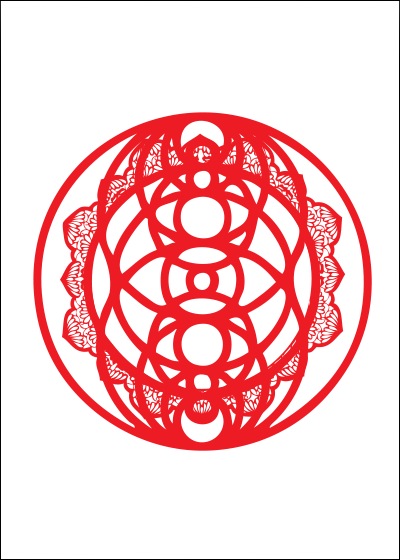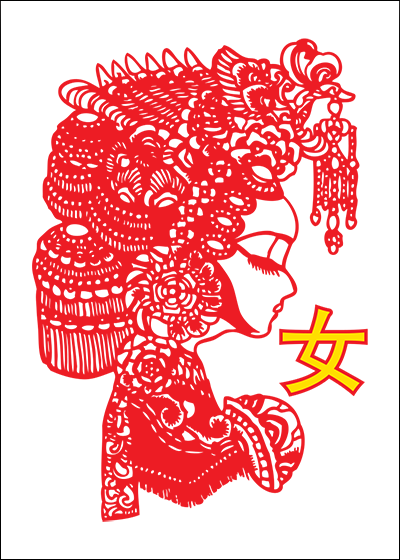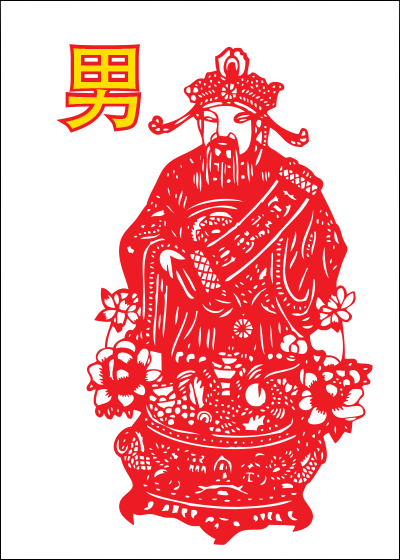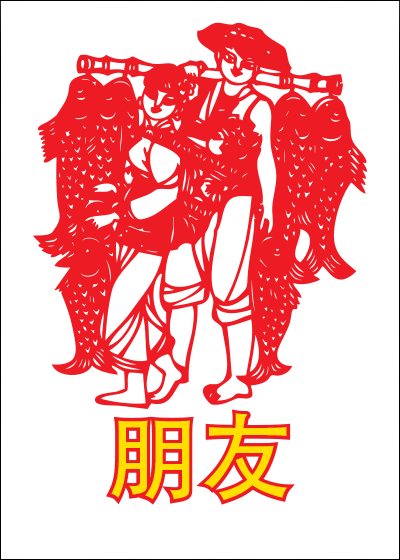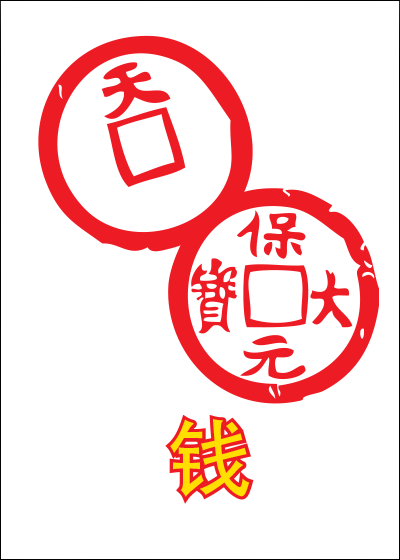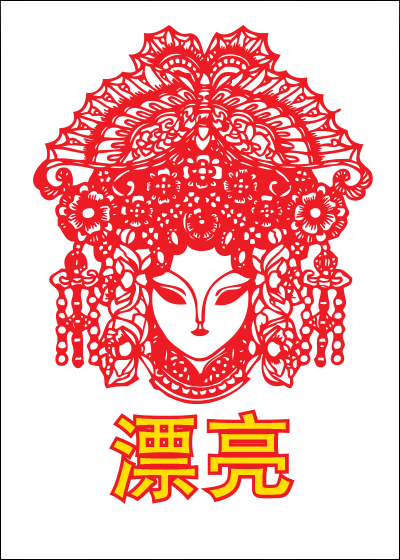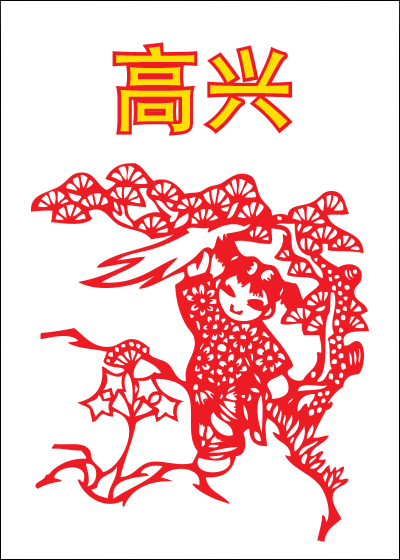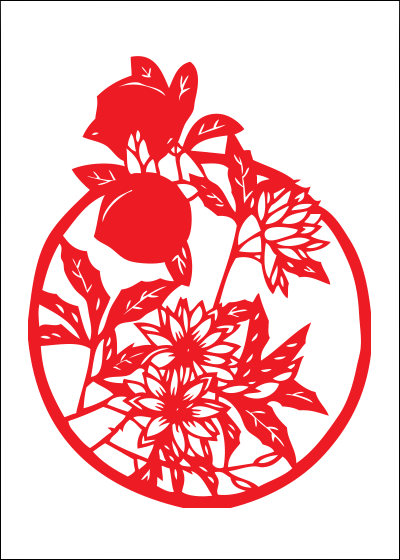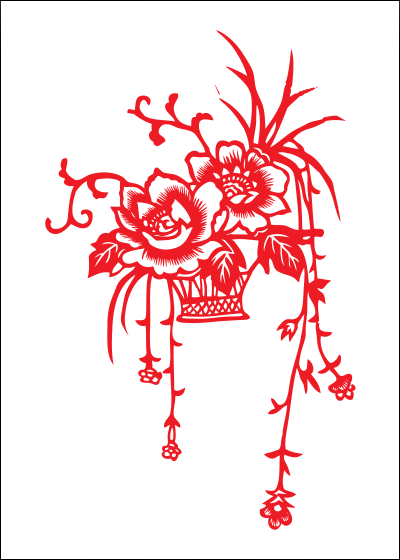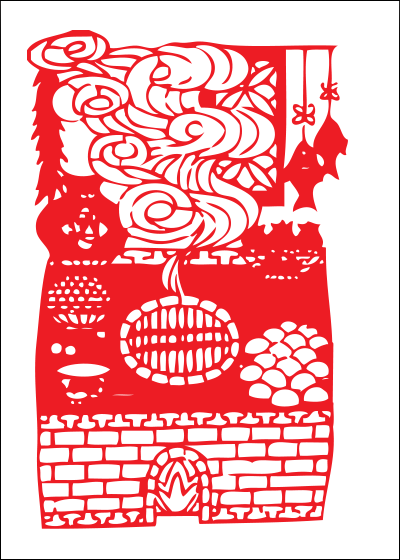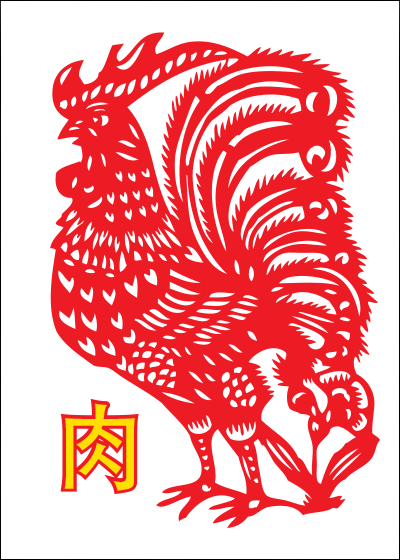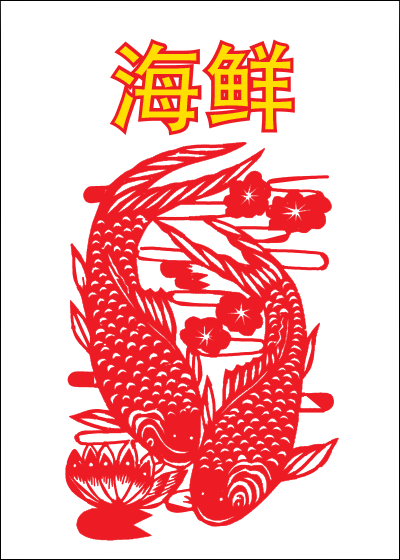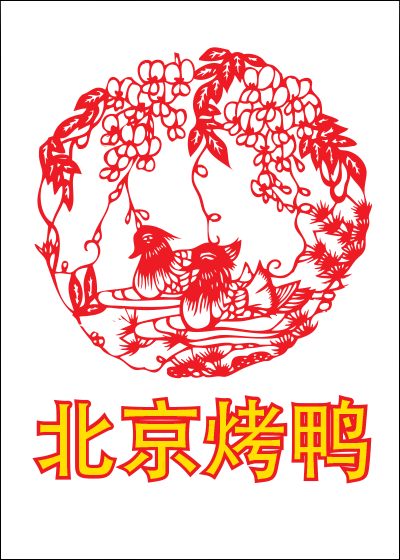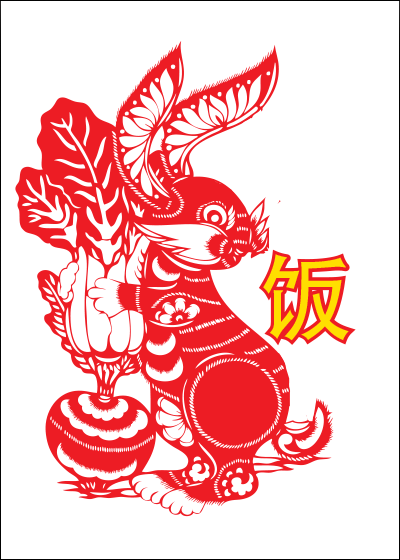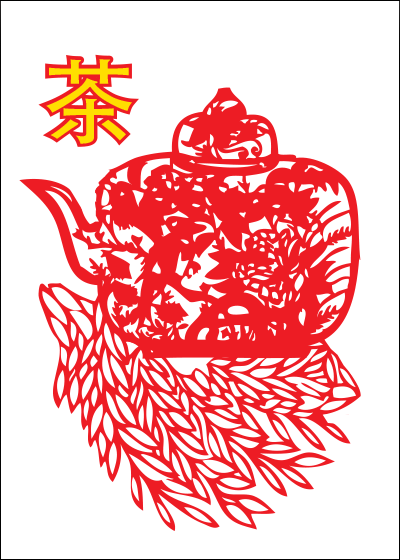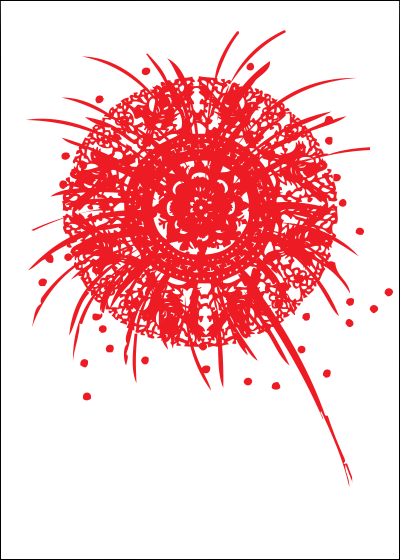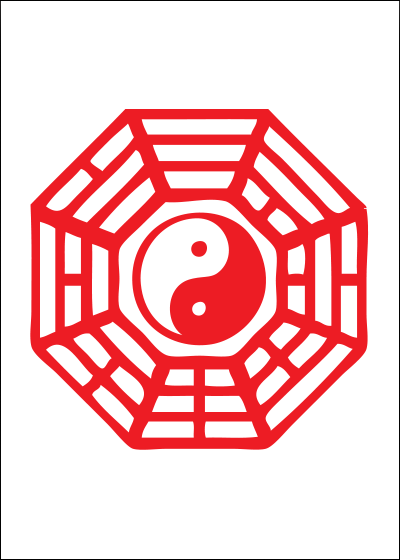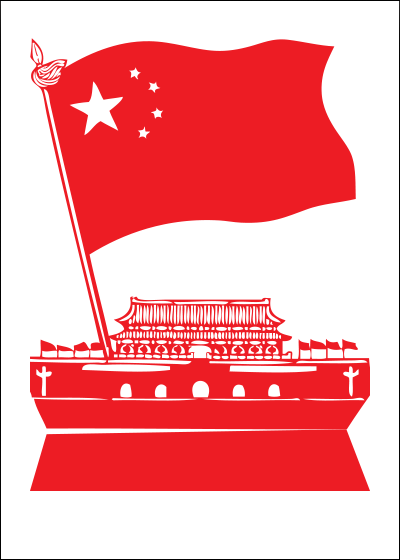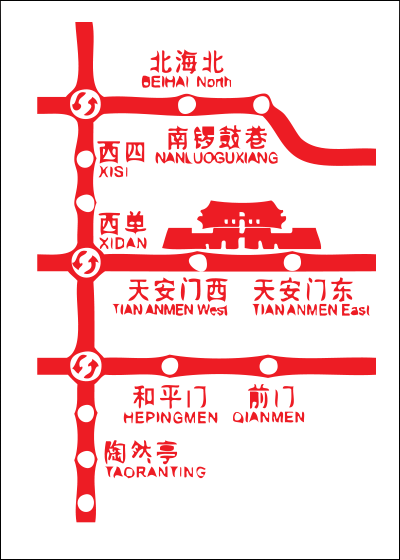ICANN 46 - Beijing Playing Card Deck
A special one-off Chinese language and culture card deck designed by ICANNWiki staff member Vivian Hua.
See all Playing Card Decks.
Language: Mandarin Chinese & Pinyin
Chinese words are romanized throughout this deck with a system called pīnyīn (拼音), the official system of translating Chinese characters into Latin script in China, Taiwan, and Singapore. Below are some introductory ideas.
Mandarin's Four Accent Tones
- First tone (Flat / High Level)
- Second tone (Rising / High-Rising)
- Third tone (Falling-Rising / Low)
- Fourth tone (Falling / High-Falling)
- Fifth tone (Neutral)
Pronunciation Guide
| q | As in “punch yourself” (no English equivalent) |
| x | As in “push yourself” (no English equivalent) |
| zh | With a sharpness found in words like “choke” |
| z | Unaspirated c, like a mix of “suds” and “cats” |
| c | Strongly aspirated c, as in “hats” |
| i | As in “bee”, but if proceeded by z-, c-, s-, zh-, ch-, sh-, or r-, those sounds are extended |
| ei | As in “hey” |
| ou | As in “so” |
| ang | As in the German “Angst” |
| ua | Like “wa” |
| ui | Like “wei” |
Language: Notable Chinese Dialects
Mandarin (官话 or guān huà) - 836 million Spoken in northern and southwestern China, and the official language of Singapore and Taiwan. When one refers to Putonghua or Chinese, one is generally referring to Mandarin.
Wu or Shanghainese (吴语 or wú yǔ) - 77 million Spoken in the provinces of Jiangsu and Zhejiang, and in the municipality of Shanghai. It also includes the Shanghai dialect and is sometimes considered a representative of all Wu dialects, though not all Wu dialects are mutually intelligible.
Yue or Cantonese (粤语 or yuè yǔ) - 71 million Spoken in Guangdong, Guangxi, Hong Kong, Macau, and parts of Southeast Asia. The term “Cantonese” may cover all the Yue dialects, including Taishanese, or specifically the Canton dialect of Guangzhou and Hong Kong. Not all Yue dialects are mutually intelligible.
Min languages (闽语 or mǐn yǔ) - 60 million Spoken in Fujian, Taiwan, and parts of Southeast Asia. The largest Min language is Hokkien, and its dialects are notably mutually intelligible.
Others include Xiang or Hunanese, Hakka, and Gan.
Language: Greetings & Common Phrases
| Chinese Characters | Pinyin | English Translation |
|---|---|---|
| 你好 | nǐ hǎo | hello |
| 喂 | wei | hello (phone) |
| 你好吗? | nǐ hǎo ma? | how are you? |
| 你怎么样? | nǐ zěnme yàng? | what’s up? |
| 我很好 | wǒ hěn hǎo | i am well |
| 好久不见 | hǎo jiǔ bù jiàn | long time no see |
| 我走了 | wǒ zǒu le | i am leaving |
| 明天见 | míng tiān jiàn | see you tomorrow |
| 再见 | zài jiàn | goodbye |
| 拜拜 | bài bài | bye-bye |
Language: Introductions
| Chinese Characters | Pinyin | English Translation |
|---|---|---|
| 我的名字是... | wǒ de míng zì shì | my name is... |
| 你叫什么名字? | nǐ jiào shén mē míng zì? | what is your name? |
| 我是从 ____ 来得。 | wǒ shì cóng ____ lái de | i am from ____. |
| 我很高兴认识你。 | wǒ hěn gāo xìng rèn shi nǐ | i am pleased to meet you. |
| 我在 ____ 打工。 | wǒ zài ____ dǎ gōng | i work at ____. |
Language: Dates & Times
| Chinese Characters | Pinyin | English Translation |
|---|---|---|
| 昨天 | zuó tiān | yesterday |
| 今天 | jīn tiān | today |
| 明天 | míng tiān | tomorrow |
| 上午 | shàng wǔ | morning |
| 中午 | zhōng wǔ | noon |
| 下午 | xià wǔ | afternoon |
| 晚上 | wǎn shàng | evening |
| 上礼拜 | shàng lǐ bài | last week |
| 这礼拜 | zhè lǐ bài | this week |
| 下礼拜 | xià lǐ bài | next week |
Language: Numbers
| Chinese Characters | Pinyin | Translation |
|---|---|---|
| 一 | yī | 1 |
| 二 | èr | 2 |
| 三 | sān | 3 |
| 四 | sì | 4 |
| 五 | wǔ | 5 |
| 六 | liù | 6 |
| 七 | qī | 7 |
| 八 | bā | 8 |
| 九 | jiǔ | 9 |
| 十 | shí | 10 |
| 二十 | èr shí | 20 |
| 二十五 | èr shí wǔ | 25 |
| 一百 | yī bǎi | 100 |
| 一百五十 | yī bǎi wǔ shí | 150 |
Sponsor: About Neustar
Neustar offers over a decade of experience providing full technical, operational, marketing and policy expertise for .biz and .us. Neustar also operates the technical and registry services for .co, .tel, and .travel. Neustar operates worldwide registry gateways for other ccTLDs; offers Internationalized Domain Names (IDNs) and provides comprehensive managed DNS and full-scale registry services with 24/7 worldwide customer support.
Vocabulary: 女 - nǚ (female)
| Chinese Characters | Pinyin | Translation |
|---|---|---|
| 女人 | nǚ rén | woman |
| 女孩子 | nǚ hái zǐ | female child |
Vocabulary: 男 - nán (male)
| Chinese Characters | Pinyin | Translation |
|---|---|---|
| 男人 | nán rén | man |
| 男孩子 | nán hái zǐ | male child |
Vocabulary: 朋友 - péng yǒu (friend/friends)
| Chinese Characters | Pinyin | Translation |
|---|---|---|
| 好朋友 | hǎo péng yǒu | good friend |
| 男朋友 | nán péng yǒu | boyfriend |
| 女朋友 | nǚ péng yǒu | girlfriend |
Vocabulary: 钱 - qián (money)
Ancient Chinese coins are round with a square hole in the middle; their design reflected the Chinese view of the earth as square and the heavens as a circle.
A coin can also be a visual pun for “before your eyes”, because the hole in its center is called an “eye” and the coin has the same pronunciation as the word “before” (qián or 前).
Vocabulary: 漂亮 - piào liàng (beautiful)
| Chinese Characters | Pinyin | Translation |
|---|---|---|
| 美丽 | měi lì | beautiful |
| 潇洒 | xiāo sǎ | handsome |
| 性感 | xìng gǎn | sexy |
Vocabulary: 高兴 - gāo xìng (happy / glad)
| Chinese Characters | Pinyin | Translation |
|---|---|---|
| 快乐 | kuài lè | happy / joyful |
| 幸福 | xìng fú | happy / blessed |
Vocabulary: 可爱 - kě ài (cute)
| Chinese Characters | Pinyin | Translation |
|---|---|---|
| 喜欢 | xǐ huān | (to) like |
| 喜爱 | xǐ ài | favorite |
| 最可爱 | zuì kě ài | cutest |
Dining: Types of Food
| Chinese Characters | Pinyin | Translation |
|---|---|---|
| 饭 | fàn | rice |
| 饼 | bǐng | pancake |
| 面 | miàn | noodles |
| 水果 | shuǐ guǒ | fruit |
| 粥 | zhōu | congee |
| 汤 | tāng | soup |
| 火锅 | huǒ guō | hot pot |
| 甜点 | tián diǎn | dessert |
In Chinese culture, noodles symbolize longevity. It is customary to eat them on one’s birthday, while attempting not to break the strands.
Dining: Specific Foods
| Chinese Characters | Pinyin | Translation |
|---|---|---|
| 炸酱面 | zhá jiàng miàn | noodles w/ soybean sauce and pork |
| 油條 | yóu tiáo | chinese “donut” |
| 饺子 | jiǎo zǐ | dumpling |
| 馄饨 | hún tún | wonton |
| 八寶飯 | bā bǎo fàn | “8 treasure rice” |
| 葱油饼 | cōng yóu bǐng | green onion pancake |
| 北京烤鸭 | běi jīng kǎo yā | peking duck |
| 炒饭 | chǎo fàn | fried rice |
| 汤面 | tāng miàn | noodle soup |
| 豆浆 | dòu jiāng | soy milk |
Dining: Dining Out
| Chinese Characters | Pinyin | Translation |
|---|---|---|
| 我要订一个... | wǒ yào dìng yī gè | i want to order a... |
| 我最喜吃... | wǒ zuì xǐ huān chī... | i most like to eat... |
| 这盘菜很好吃。 | zhè pán cài hěn hǎo chī | this dish is very delicious. |
| 我(不)想喝酒。 | wǒ (bù) xiǎng hē jiǔ | i (don’t) want to drink alcohol. |
| 干杯! | gān bēi | a toast! (literal translation: dry cup) |
Dining: 素 - sù (vegetarian)
| Chinese Characters | Pinyin | Translation |
|---|---|---|
| 素菜 | sù cài | vegetable dish |
| 豆腐 | dòu fǔ | tofu |
| 大白菜 | dà bái cài | chinese cabbage |
Dining: 肉 - ròu (meat)
| Chinese Characters | Pinyin | Translation |
|---|---|---|
| 牛肉 | niú ròu | beef |
| 鸡肉 | jī ròu | chicken |
| 猪肉 | zhū ròu | pork |
Dining: 海鲜 - hǎi xiān (seafood)
| Chinese Characters | Pinyin | Translation |
|---|---|---|
| 鱼 | yú | fish |
| 螃蟹 | páng xiè | crab |
| 虾 | xiā | shrimp |
Dining: 北京烤鸭 - běi jīng kǎo yā (peking duck)
Peking Duck is a duck dish from Beijing that has been prepared since the imperial era. It is now considered the national dish of China, and has a rich history that has spanned across many dynasties. By the mid-20th century, it had garnered international attention and favor as a culinary dish.
For the dish, ducks are raised for 65 days, with 45 days spent in a free-range environment and the remaining spent in an environment where they are force-fed four times a day. Prior to cooking, they are plucked, rinsed, and pumped with air to separate their skin from their fat. The ducks are then soaked in boiling water and hung up to dry. While hung, they are glazed with a layer of maltose syrup, and are later roasted for 24 hours until their skins turn shiny brown.
- .duck is a Brand TLD proposed by Johnson Shareholdings.
Dining: 饭 - fàn (meal / rice)
| Chinese Characters | Pinyin | Translation |
|---|---|---|
| 吃饭 | chī fàn | eat a meal |
| 早饭 | zǎo fàn | breakfast |
| 午饭 | wǔ fàn | lunch |
| 晚饭 | wǎn fàn | dinner |
Dining: 茶 - chá (tea)
| Chinese Characters | Pinyin | Translation |
|---|---|---|
| 红茶 | hóng chá | black tea |
| 绿茶 | lǜ chá | green tea |
| 乌龙茶 | wū lóng chá | oolong tea |
| Chinese Characters | Pinyin | Translation |
|---|---|---|
| 救命! | jiù mìng | help! |
| 快叫警察来! | kuài jiào jǐnɡ chá lái | call the police quickly! |
| 快叫医生来! | kuài jiào yī shenɡ lái | call the doctor quickly! |
| 我迷路了。 | wǒ mí lù le | i am lost. |
| 洗手间在哪里? | xǐ shǒu jiān zài nǎ lǐ? | where is the restroom? |
| Chinese Characters | Pinyin | Translation |
|---|---|---|
| 请问 _____ 在哪里? | qǐng wèn _____ zài nǎ lǐ | excuse me, where is (the) _____? |
| (司機) 请带我去... | (sī jī) qǐng dài wǒ qù... | (driver) please bring me to... |
| 北京国际饭店 | běi jīng guó jì fàn diàn | beijing international hotel |
| 左转 / 右转 / 一直走 | zuǒ zhuǎi / yòu zhuǎi / yī zhí zǒu | on this street / right turn / go straight |
Because most taxi drivers do not speak English, copying down important addresses can prove helpful.
| Chinese Characters | Pinyin | Translation | Subway Stops |
|---|---|---|---|
| 紫禁城 | zǐ jin chéng | forbidden city | tiananmen east, tiananmen west, qianmen station; walk north to meridian gate |
| 天安门广场 | tiān ān mén guǎng chǎng | tiananmen square | tiananmen east, tiananmen west, qianmen station; walk north to meridian gate |
| 鸟巢 | niǎo cháo | national stadium (“bird’s nest”) | olympic sports center station; exit from b1 or b2; walk north |
| 长城 | cháng chéng | great wall | jishuitan station; transfer to bus no. 919 |
| 天坛 | tiān tán | temple of heaven | tiantan dongmen station, leave exit a; find east gate |
| 明十三陵 | míng shí sān líng | ming tombs | tiantongyuan bei station; transfer to bus no. 22 |
Subway hours are from 5:00 to 22:30, and are extremely crowded during rush hour. For frequent travelers, a pre-paid card can be purchased for a refundable deposit.
Line 1:
Runs east-west from Sihui East to Pingguoyuan; passes along Chang’an street, Forbidden City, Tiananmen Square and Wangfujing.
Line 2:
Loop line that follows the old city walls; starts and ends at Xizhimen; serves Lama Temple and Beijing Railway Station.
Line 4:
Runs north-south; serves Beihai Park, Beijing University and Beijing South Station.
Line 5:
Runs north-south to the east of Line 4; close to Olympic Park and Temple of Heaven.
Line 6:
Runs west-east to the north of Line 1 and to the south of the upper half circle of Line 2; connects to lines 10, 5, 2, 9, and 4.
Line 8:
Short line; serves the Olympic Stadium.
Line 9:
Short line; serves the Fengtai district and Beijing West Railway Station.
Line 10:
Loop line around the city; close to the Olympic Stadium, the embassy district, the Sanlitun; connects to every numbered line in the system excluding Line 15.
Line 13:
Elevated light rail; serves the suburban Haidian district and Wudaokou; forms an arc that starts at Xizhimen and ends and Dongzhimen.
Line 15:
Runs west-east to the north of Line 10; passes through WangJing CBD; transfer from Line 13 necessary until the line is completed in 2015.
